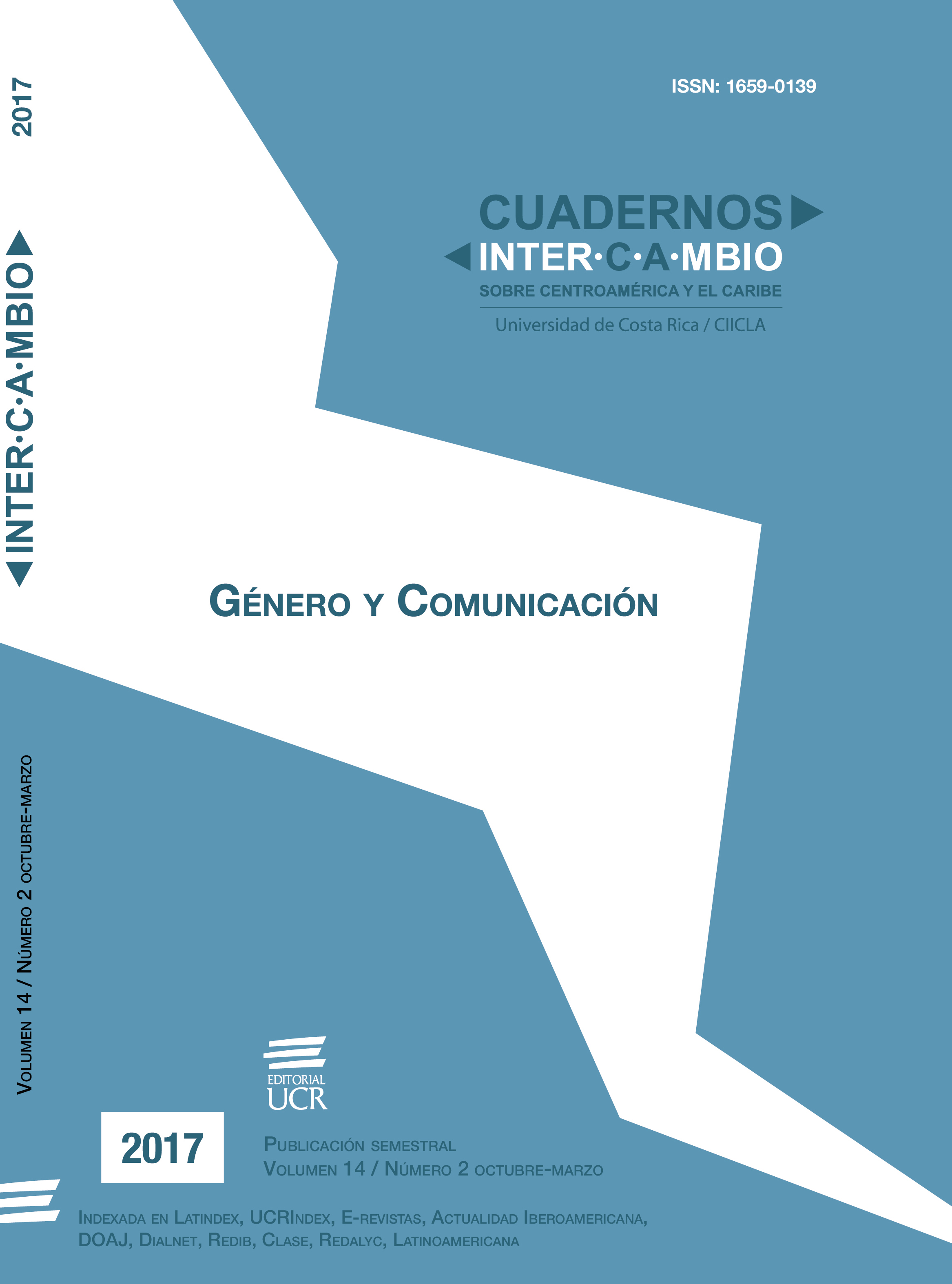Abstract
The present article studies the experience and the aesthetic production resulting from the disease, starting from the definitions of pleasure and enjoyment of Roland Barthes; the neo-baroque of Severo Sarduy; the eroticism of Georges Bataille, and the celebration or carnival, by Mijail Bajtin. For this, an analysis of the erotica of the disease is carried out from two case studies (Robert Gober and Raúl García Sangrador), where art uses the AIDS phenomenon to create new meanings of the current corporality. It is concluded that, from enjoyment, it is possible to define the erotic of the disease as a challenge for the understanding of current art and a space of tension where AIDS becomes an artistic-political phenomenon.
References
Altman, Lawrence. (July 3, 1981). Rare Cancer Seen in 41 Homosexuals. New York Times, A20. Recuperado de http://www.nytimes.com/1981/07/03/us/rare-cancer-seen-in-41-homosexuals.html?mcubz=1
Bajtin, Mijail. (1987). La cultura popular en la Edad Media y el Renacimiento. El contexto de François Rabelais. Argentina: Facultad de Filosofía y Letras de la Universidad de Buenos Aires.
Barthes, Roland. (2011). El placer del texto y lección inaugural. (2da ed.). México D. F., México: Siglo XXI Editores.
Bataille, Georges. (1970). Breve historia del erotismo. (Traductor Drazul Alberto). Montevideo, Uruguay: Ediciones Calden.
Bataille, Georges. (2002). Las lágrimas de Eros. Barcelona, España: Tusquets Editores.
Byung-Chul, Han. (2014). La agonía del eros. Barcelona, España: Herder Editorial.
Círculo Cultural Gay. (2002). Una exposición, varias exposiciones, un tiempo de inauguraciones. Difusión Cultural Universidad Nacional Autónoma de México, Museo Universitario del Chopo, Círculo Cultural Gay. México D. F.:
José María Covarrubias.
Crimp, Douglas. (2005). Posiciones críticas, ensayos sobre políticas de arte y la identidad. Madrid, España: Akal.
Deleuze, Gilles. (2012). Mil mesetas. Capitalismo y esquizofrenia. Valencia, España: Pre-Textos.
DOL Films Productions. (2003). The Gift [YouTube]. Recuperado de https://www.youtube.com/watch?v=oN4w8e432
Foster, Hal. (2001). El retorno de lo real. Madrid, España: Akal.
Freud, Sigmund. (1979). Duelo y melancolía. Obras Completas. (Vol. XIV). Buenos Aires, Argentina: Amorrortu Editores.
García Düttmann, Alexander. (2000). Between Cultures/ Tensions in the Struggle for Recognition. London/New York: Verso.
García Sánchez, Raúl. (2013). Búsqueda del origen de la melancolía en la pintura de Enrique Guzmán y Julio Galán. Universidad Autónoma de Querétaro-Facultad de Bellas Artes. Maestría en Arte y Sociedad. Querétaro: Universidad Autónoma de Querétaro.
García Sangrador Raúl. (2015). El futuro es nuestro. Óleo sobre lino, 130 x 170 cm, México: Colección Grupo MILENIO.
Gober Robert, A. H. (2014). The Heart Is Not a Metaphor. New York City, USA: The Museum of Modern Art.
Guasch, Anna María. (2009). El arte último del siglo XX. Del posminimalismo a lo multicultural. España: Alianza Forma.
Jauss, Hans Robert. (1972). Pequeña apología de la experiencia estética. Barcelona, España: Paidós.
Kristeva, Julia. (1997). Sol negro. Depresión y melancolía. Caracas, Venezuela: Monte Ávila Editores Latinoamericana.
Leader, Darian. (2011). La moda negra. Duelo, melancolía y depresión. Madrid, España: Sexto piso.
Milenio. (2015). ¿Por qué tengo que guardar silencio [YouTube]. Recuperado de https://www.youtube.com/watch?v=sKLmu2XKqoM&t=105s
Monreal Tejada, Luis. (1983). Obras Maestras de la Pintura. Louvre/Jeu de Paume (Vol. I). Madrid, España: Editorial Planeta.
Museo Nacional del Prado. (2005). Durero, obras maestras de la Albertina. (M.d. Museo Nacional del Prado, Ed.) Madrid, España: Museo Nacional del Prado, Comunidad de Madrid, Ministerio de Cultura de España.
Newman, Robert. (January 11, 2014). Why We Fight: AIDS and ACT UP. Recuperado de http://www.robertnewman.com/why-we-fight-aids-and-act-upposters-of-the-1980s-and-90s/
Sarduy, Severo. (2011). El barroco y el neobarroco. Buenos Aires, Argentina:El Cuenco de Plata.
Sontag, Susan. (2003). La enfermedad y sus metáforas. El sida y sus metáforas. Madrid, España: Punto de Lectura.
Steiner, George. (1974). Nostalgia del Absoluto. Madrid, España: Editorial Siruela.
Teutle, Alberto & List, Mauricio. (2015). Húmedos placeres/ Sexo entre varones en saunas de la Ciudad de Puebla. México D. F., México: La Cifra Editorial Unidad de Medicina Sexual [UMS]. (2015). Período refractario. Recuperado de https://www.unidadmedicinasexual.com/blog/educacion-sexual-medicina-sexual-suelo-pelvico/periodo-refractario
Welsh, Irvine. (2013). Trainspotting. México D. F., México: Anagrama.
Wikipedia. La Enciclopedia Libre. (2017). Sauna Gay. Recuperado de https://es.wikipedia.org/wiki/Sauna_gay

